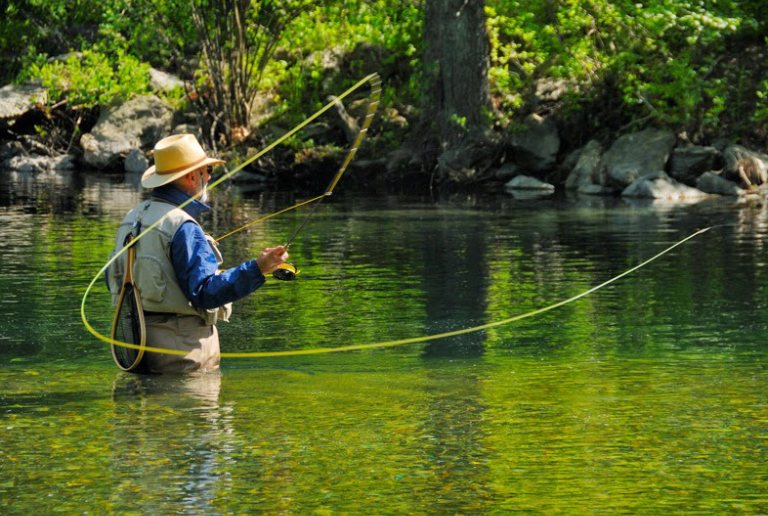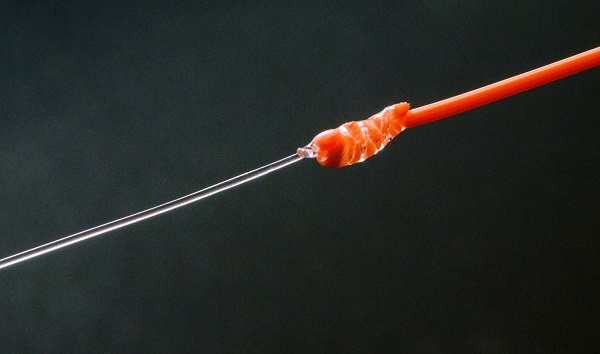
The traditional rod, line, and lure method of fly fishing has come a long way with the lines and lures undergoing vast enhancements in terms of quality and durability of materials. Though many fishing methods have been introduced, the popularity of fly fishing remains the same among the fishing aficionados. This article is a beginner’s guide to fishing patrons who would like to take their fly fishing expertise to the next level. Here you can read about the reasons to choose fly fishing, gears to acquire, basics of casting and some tips to improve your techniques.
Why fly fishing?
Fly fishing is regarded as the purest form of fishing methods. While you have umpteen innovative methods and gears to satisfy your fishing needs, the gratification you receive by mastering the fly-fishing technique is immense. The contentment it gives when you cast your line to the right area and successfully luring fish to the hooks is what makes the fly-fishing challenge quite exciting. So, what makes this traditional sport more popular?
The fly fishing method is quite popular among the fishing aficionados mostly because of the simplicity in handling lightweight and long fishing gears. Moreover, the main component of fly fishing, the fly or baits, is super light and thus easy to handle. The only thing that weighs down the fishing gear to the deep water is the lines used. Fly-fishing is practised mostly in moving water giving your arm an ideal workout. So, if you are ready to go out on an excellent exercise, master this art of fishing.
Know More About : Fishing Methods For Carps
Fishing gears essential for fly-fishing
If you are a complete beginner to fishing, you are in for a surprise when you visit your local fly-fishing shops. You will be exposed to multiple lines and weights, amazing flies, cutters for knot tying and untangling, gels to waterproof fly and tools and of course, a range of clothing essentials from vests to waders. But do not get intimidated with the scores of options. Grab only on to the best fishing pole, lines, and flies and start learning the sport.
Fly – What is it?
Fly is the reason why this technique got its unique name. Fly or artificial bites are the lures that imitate the bugs or small insects the fish like to feed. The fly can be anything ranging from streamers, nymphs, or dry flies, but that of course, depends upon the fish you are targeting. Understand the types of fish, their feeding habits, and the season they are active before you set out for fly fishing.

Attaching fly to the lines
The next step towards mastering the fly fishing skill is attaching the fly to the lines. Though there are several tying knots such as arbor knots, surgeon knots, Albright knots, nail knots are there, improved clinch knots are the favourite with experts.
Get better at Casting
Avoid going with the scripted illustrations or videos regarding the casting methods and opt for a tutor to teach you the techniques of fly fishing. The meticulous arm motions and holding the rods are incredibly imperative for fly fishing, and an experienced teacher can best explain it.
Essential tips to gain expertise in fly- fishing
- As mentioned in the previous section, you cannot acquire the skills by merely reading or watching videos. To master the fly-fishing sport, contact the fly fishing shops or other dedicated communities for classes.
- After attending classes, induct a personal guide for a day or two for practical training of what you have learned. Hands-on experience is essential to learn crafts like these. So, spend your training days practising the techniques to the core.
- Try making knots, and working on lines and flies while you are not in water. Inexperience with tying techniques in real-time can cost your time as well as money.
- Lakes are the perfect learning ground for mastering the fly fishing methods. Though you might be tempted to jump onto a boat going to the river, practising the techniques in still water is always easier.





